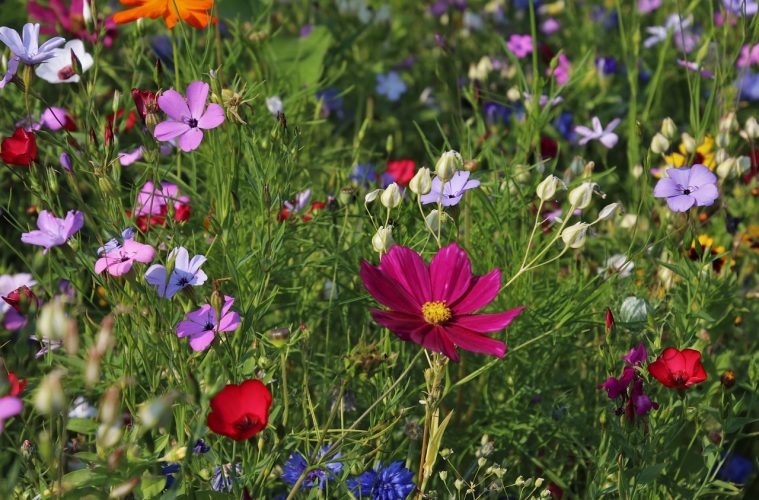Designing your dream garden is a creative and fulfilling endeavor that allows you to express your personality and style while creating a beautiful and functional outdoor space. Whether you’re starting from scratch or renovating an existing garden, some key principles and tips can help you create a space that is both aesthetically pleasing and practical.
The first step in designing your dream garden is to envision what you want to achieve. Think about how you intend to use the space. Do you want a tranquil retreat, a place for entertaining, or a productive vegetable garden? Knowing your primary goals will guide your design choices and ensure that the garden meets your needs.
Begin by assessing your space. Take note of the garden’s dimensions, existing structures, sunlight patterns, and soil conditions. Understanding these factors will help you choose plants and features that will thrive in your specific environment. For example, if you have a lot of shade, you’ll want to select plants that can tolerate lower light levels. Conversely, if your garden receives full sun, you can choose from a wider variety of flowering plants and vegetables.
Creating a layout is an essential part of garden design. Start by sketching a rough plan of your garden, including any existing features like trees, pathways, and patios. Divide the space into different zones based on their intended use. For example, you might have a dining area, a play area for children, a vegetable plot, and a flower garden. Having distinct zones helps organize the space and makes it more functional.
Pathways and edges are important elements in garden design. They define the structure of the garden and guide visitors through the space. Consider using materials like gravel, stone, or brick for your pathways, as these are durable and blend well with natural surroundings. Edging your garden beds with materials like wood, metal, or stone can create a clean, polished look and help keep plants contained.
Choosing the right plants is crucial to the success of your garden. Opt for a mix of perennials and annuals to ensure year-round interest. Perennials return year after year, providing a reliable foundation, while annuals can add vibrant color and variety each season. When selecting plants, consider their mature size, growth habits, and maintenance requirements. Grouping plants with similar needs together will make caring for your garden easier.
Incorporating vertical elements can add depth and interest to your garden. Trellises, arbors, and pergolas provide support for climbing plants and can create beautiful focal points. These structures can also offer shade and privacy, enhancing the usability of your outdoor space.
Water features, such as ponds, fountains, and birdbaths, can bring a sense of tranquility to your garden. The sound of flowing water can be soothing and attract wildlife like birds and butterflies. If you have space, consider adding a small pond with aquatic plants and fish to create a mini-ecosystem.
Lighting is another important aspect of garden design. Well-placed lights can extend the usability of your garden into the evening and highlight key features. Solar-powered lights are an eco-friendly option that can be easily installed without the need for electrical wiring. Use a combination of pathway lights, spotlights, and ambient lighting to create a warm and inviting atmosphere.
Furniture and accessories can transform your garden into a comfortable outdoor living space. Choose weather-resistant furniture that suits your style and fits the space. A mix of seating options, such as benches, chairs, and hammocks, can accommodate different activities and preferences. Adding cushions, throws, and outdoor rugs can make the space more inviting and cozy.
Finally, don’t forget to add personal touches to your garden. Decorative items like sculptures, wind chimes, and birdhouses can reflect your personality and interests. Incorporate elements that bring you joy and make the space uniquely yours.
Designing your dream garden is a process that evolves over time. Start with a solid plan, but be open to changes and new ideas as you see how the space develops. With patience and creativity, you can create a garden that is not only beautiful and functional but also a true reflection of your personal style and passions.
4o

